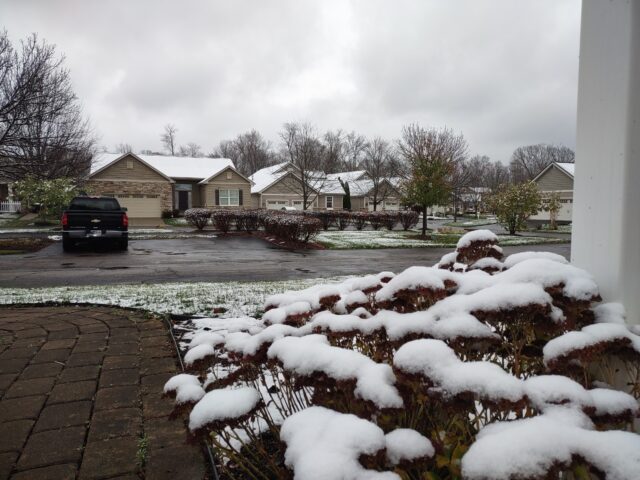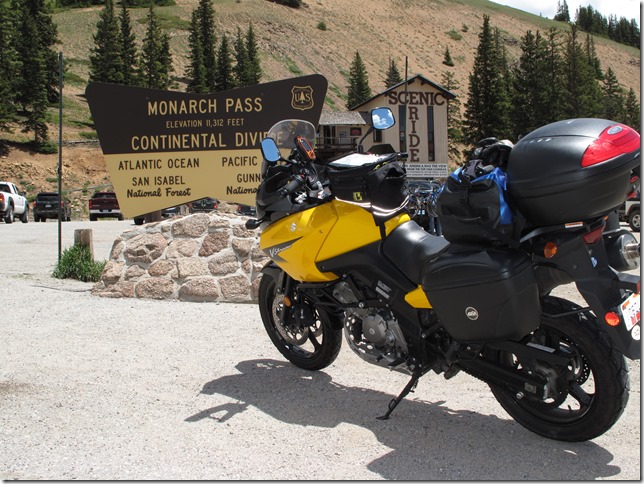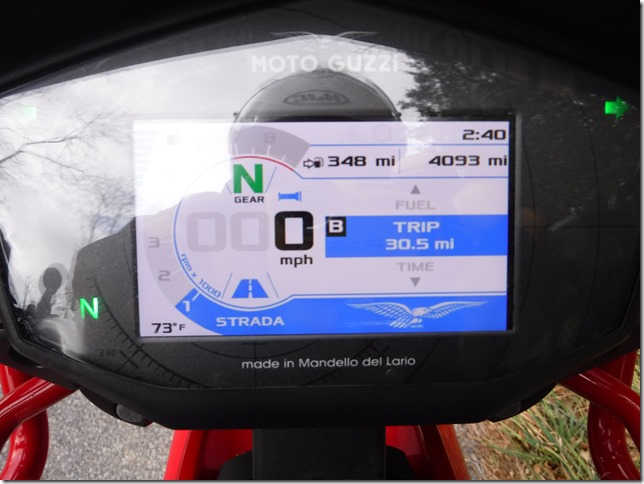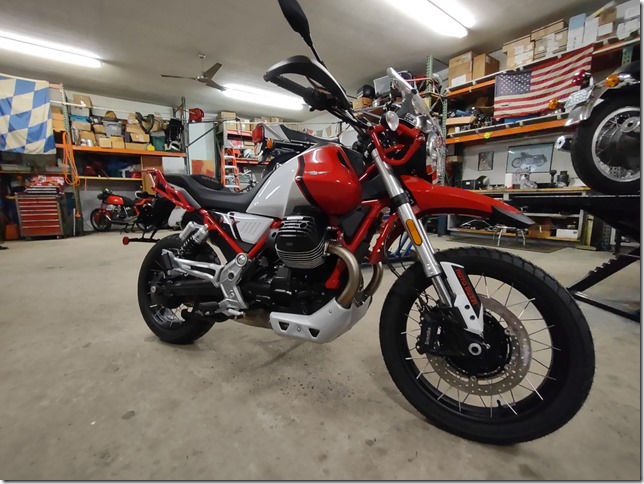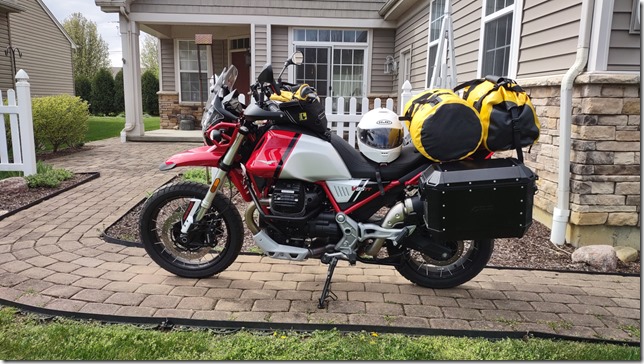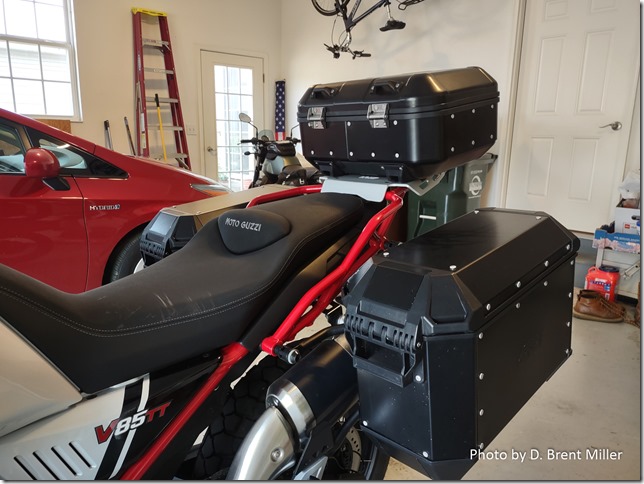I never make New Year resolutions. Really. New Year goals? Well not exactly. Is that a problem? Maybe, and here is what I am going to do about it.
It has been on my mind for some time. A couple of years maybe. Since I have semi-retired … let’s face the reality … fully retired, I have not done much writing or photography except for on Facebook and photography on Instagram. Why should I post my creative material on those social medias when I have my own? That question was driven home by an article posted on The Verge, and shared on FB by a good friend, Bring Back Personal Blogging.

This year, with the weather cooperating, I managed to get in my first ride of the year. January 1, 2023, I took the Moto Guzzi V85tt Adventure for a short ride. Proof is in the second photo, a photo I always wanted to capture.
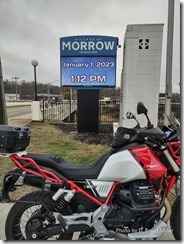
I have ridden past this sign many, many times, but it always seems to be in the afternoon when the sun is on the other side of the sign and the light is wrong. On this day, it was perfect, and my ride is documented by the date and time of the sign. “Welcome to Morrow” Ohio, a small town near my home. I suppose I can mark this item off my list of motorcycle ride photos.
So, I’m going to do a little more motorcycling this year including some long-distance travels. I’ll be writing about those.
 I’m going to be writing about other things too, ideas that harken back to my earlier web site, Sojourn Chronicles. More photography, and especially Black & White photography. I love B&W. Nearly all of my documentary work was shot on B&W film, as was much of my newspaper work. Oh, those were the days. Now, it’s all digital for there is no dark room space here at the galactic headquarters.
I’m going to be writing about other things too, ideas that harken back to my earlier web site, Sojourn Chronicles. More photography, and especially Black & White photography. I love B&W. Nearly all of my documentary work was shot on B&W film, as was much of my newspaper work. Oh, those were the days. Now, it’s all digital for there is no dark room space here at the galactic headquarters.
The plan is more frequent posts right here. And, I’d like to get that frequency to weekly. Stay tuned.
See you on the highway.
Brent

